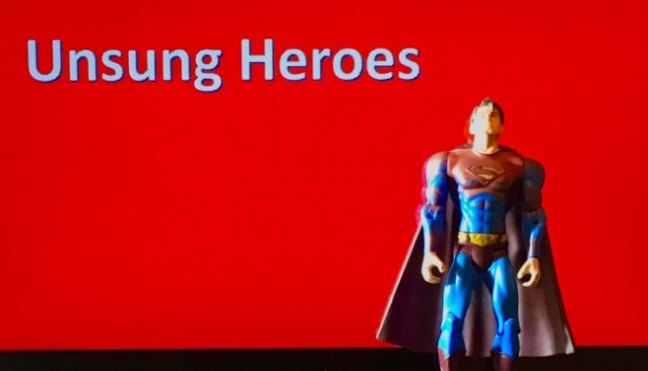I had a meeting yesterday with two bright and experienced, yet first-time-founders. One was a top back-end engineer, and the other has extensive product management and marketing experience in several good companies.
Since, I had just finished a meeting with a UX expert a few minutes earlier, I entered this meeting and said “User Experience is crucial in B2B applications as well”. The back-end guy replied immediately, “Not necessarily…”. That was my first red flag. We started our meeting and they described their product and startup. When I asked to see a demo or a mock-up of the proposed product, they told me that they have none. When I asked them to describe the workflow of the proposed users/customers of their service, they improvised poorly, and the process they described sounded cumbersome. I asked, “how long are you working on this?”, “Six months” they replied. That was the second red flag. They planned on raising few million dollars in seed funding. Would you invest?
A Painful Lesson
In 2008, I visited a well-funded startup that was selling a ‘mobile advertising management software’ to large organizations. Their PowerPoint presentation was comprehensive and detailed. The CTO described the architecture of his product in length and it sounded impressive. When I asked them to demo the product, I was shocked. The UX and design looked as if it was 1994 all over again. They explained that the UX/UI was not important, as the product is only a back-end management system and the users are Telco folks that are used to ugly and outdated screens. Millions of dollars were invested in this company. Obviously, this company failed.
A Rewarding Experience
On January 2013, I visited a small seed stage startup in an old building somewhere in Tel Aviv. They described their product offering. A system that will integrate data from multiple sources and will provide CMOs and agencies with a single source-of-truth of the performance of all their marketing campaigns in all channels. They received an Angel investment a few months earlier, had hired 3 engineers, and decided not to draw salaries.
I asked for a demonstration of the system, and what I saw completely blew my mind. The CTO demonstrated how he can connect to multiple sources, using a wonderful UX, easily exposing the data and the metadata of this sources, and automatically mapping these sources of data into a unified data model, which then was available for a cross channel analysis and visualization in a beautiful dashboard. I asked about the software architecture, and the reply was a coherent state-of-the-art architecture that could come only from someone that has a deep knowledge of the newest tech around. I was sold. At the end of that first meeting I already decided to invest.
That company was Datorama.
The elegant and efficient UX (coupled with superb tech, product/market fit and execution) was a major selling point and fundamental the success of Datorama. The ease of use, the rapid integration, the unified data model and the ability to view cross-channel data unified into one-single-source-of-truth, allowed them to become a leader in their domain and to get on the radar screen of Salesforce who reached out to meet them and acquired the company in the largest transaction of an enterprise SaaS company in Israel ever.
A UX anecdote
An anecdote from that first meeting. I’m an enterprise software integration expert. So, when the CTO was demonstrating how he connects a certain data source, I expected that he will have to manually map the different fields to the universal data tree, but I was surprised to see that they completely automated the process and used AI to understand that metadata and predict the preferred mapping of the new source to the universal data model, saving a lot of manual and tedious work. For me, this little magic-trick created the Wow effect and exemplified the superiority of the product team.
Make it right, it pays off
UX is not about pretty graphics or just a look-and-feel; the look and feel it is an outcome, it is about usability architecture. It is about putting the end-user in the front and asking how do I architect a seamless user experience that decouple the user from the needs-to-know or understand the underline system. There are many ways to solve a problem, but if you get it right the experience is right. Right in this context it is intuitive, elegant and efficient. To do it right the UX architect needs a deep understanding of the domain problem and its underline complexities and he/she must continuously challenge the existing assumptions.
In my mind your UX should be coherent journey among all your digital assets from the initial interaction with the lead, through your landing pages, website, demo, forms and up to the application and support mechanisms afterwards.
There is still a room for innovation and improvement in UX in almost everything we do. With the consumerization of IT, even the “boring” enterprise users are expecting an Apple-like experience… and they are right!
Now, it’s your startup. Make sure that your backend UX is as brilliant as you are. It will pay-off.
And BTW, I actually liked the team that I met yesterday. They were smart and responsive. Still thinking about them.
* As reported by the press
* Ariel, Yoav, many thanks for your feedback and edits.


 and How do you really sell an Audi A5….
and How do you really sell an Audi A5….



